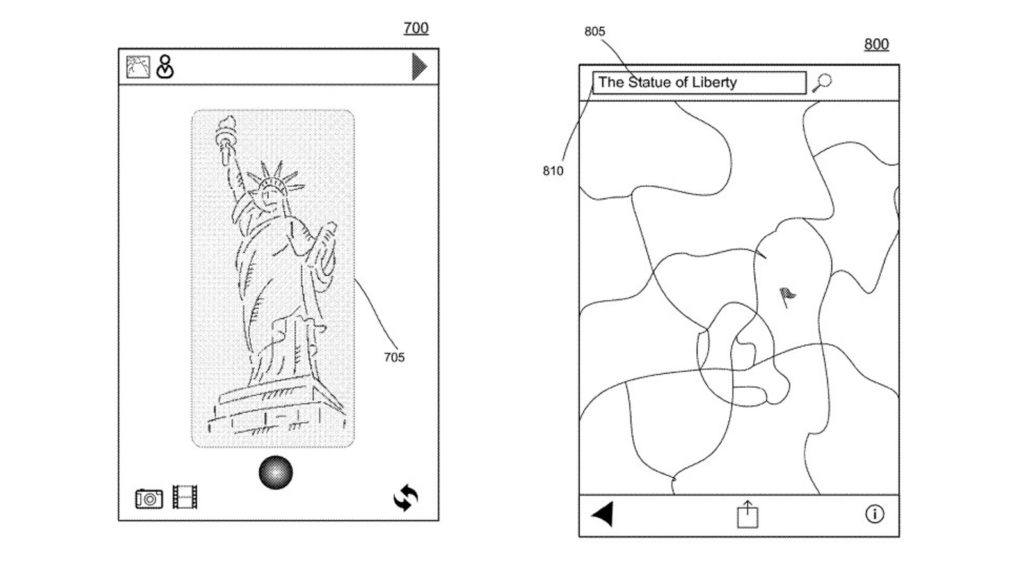South Africa’s creators, coders and founders are under pressure to do more with less. Whether you’re running a meme page from Mitchells Plain, debugging…
Google files ‘smart drag and drop’ patent for Android

Drag and drop functionality is a pretty standard feature on today’s computers, allowing you to easily share documents, images and other files between windows. However, a new patent by Google hints at a similar feature coming to Android.
Discovered by What a Future, the patent calls for files and even selected bits of text to be shared between apps.
So, one example is having a text conversation with a friend about dinner. The friend then suggests a restaurant (“The Rock”), allowing you to highlight the restaurant name. From here, you can drag the text, with a list of “droppable” apps popping up.
Google’s example sees users dropping the text into a restaurant booking app, allowing you to quickly bring up the eatery details.
Google is apparently working on a smart drag and drop feature for Android
Another scenario described by Google is being able to take a photo of a landmark (or having it in your gallery), then dragging said photo into a maps app. From here, you’ll get directions to the landmark, if you’re not there already. Or you could drag the photo to an online storage app and get a URL for it.
Interestingly enough, the patent also mentions that machine learning may play a part in all of this. Google says it could use machine learning to predict drop locations based on “past drag and drop operations”, for instance. The firm adds that the tech could also be used to determine when “The Rock” is the aforementioned restaurant, the actor or Alcatraz Island.
“For example, the system may include a machine learning model that indicates when ‘the rock’ appears in the same sentence as ‘dinner’, the model indicates the entity referred to is the restaurant 85% of the time, or in other words the restaurant entity has a probability of 85%.”
Will the feature make it in time for Android O? It’s anyone’s guess at this point, but a patent doesn’t mean the function is a done deal.

